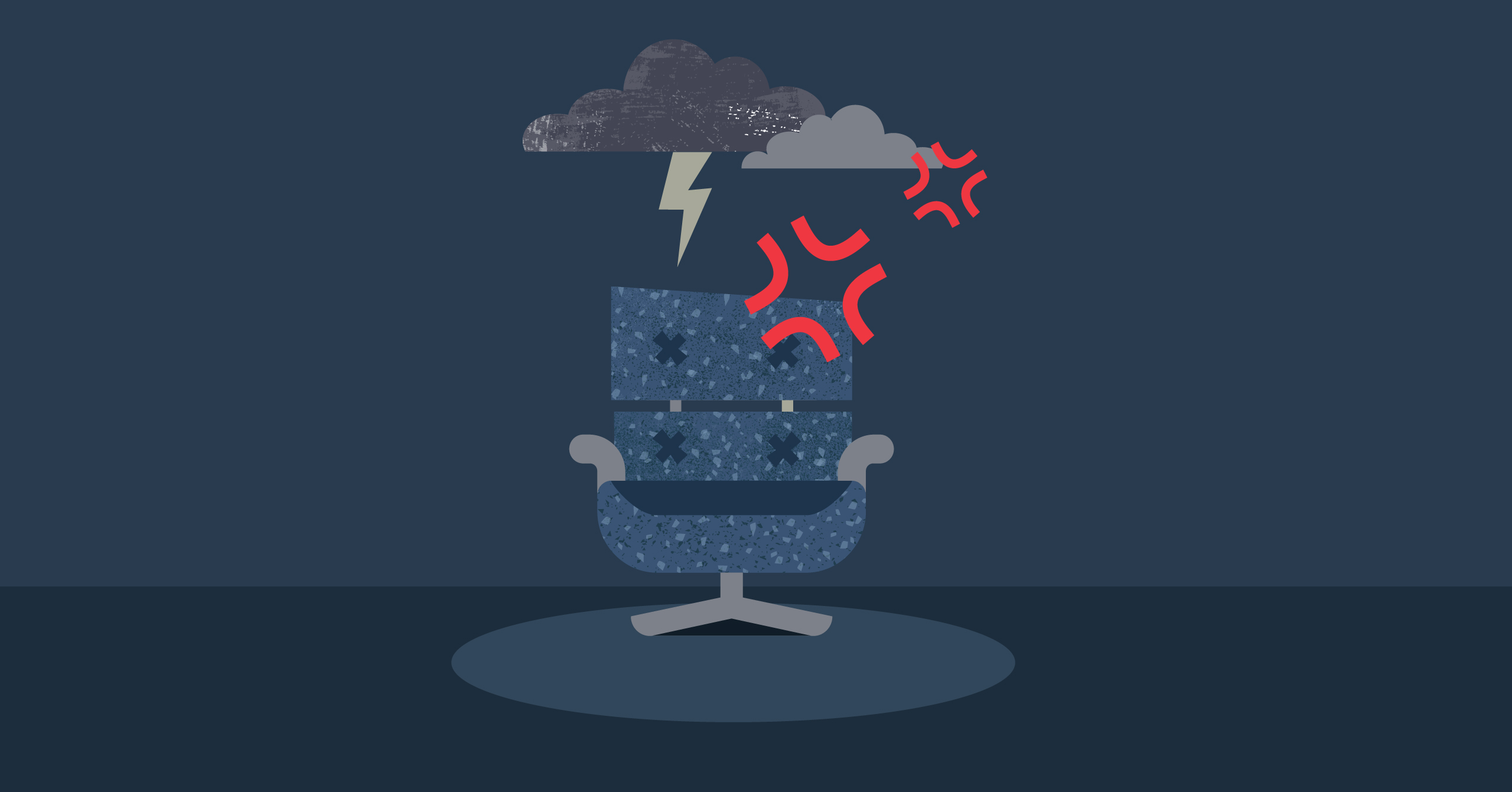Grumpy Staying: What Is It? And What Should Managers Look Out For?

First there was quiet quitting, now this: grumpy staying. What exactly is it? And what are the signs that an employee is a grumpy stayer?
It has been three years since the pandemic has transformed how people go about their work around the globe. Due to safety protocols at the height of the pandemic, countless employees worked from home. But as the number of cases went down, these same workers had to shift to a hybrid work arrangement or even return to the office full time—a source of dissatisfaction for many. This dissatisfaction has led to new workplace trends such as quiet quitting, and now, grumpy staying.
It goes without saying that the pandemic posed many challenges to workers. Many lost their jobs, while others struggled with work-life balance, finding new employment, and more.
As we continue to leave the pandemic behind us, new work-related buzzwords have been on the rise—a reflection of changing workplace environments. In the last few years, a number of work-related buzzwords have popped up on social media, including rage applying, quiet quitting, and quiet firing.
2024 is no different, and one of the new buzzwords is grumpy staying.
What Is Grumpy Staying?
But what exactly is grumpy staying? According to TeamBuilding, grumpy staying “refers to the behavior of an individual who chooses to remain in their job or position while exhibiting a consistently irritable and discontented attitude.”
Grumpy stayers are those who are often irritable and have a negative attitude to work, including specific tasks, co-workers, and even their managers. However, grumpy stayers, as the buzzword suggests, stay and do not resign from their jobs.
“Unlike quitting or seeking immediate change, individuals practicing grumpy staying opt to stay put, albeit with an unpleasant air that can impact their own well-being and potentially influence the morale and atmosphere of the workplace,” TeamBuilding notes.
What Are the Signs of Grumpy Staying?
It is not difficult to pinpoint just who at work are grumpy stayers. As they exhibit an irritable and negative attitude, there are many easy-to-spot signs that managers can look out for.
1. Absenteeism or Presenteeism
Is someone at work always absent and often for long periods of time? Or is there someone at the office who does go to work but is not productive?
The first scenario illustrates what is known as absenteeism, which Investopedia defines as “employee absence from work for lengths beyond what is considered an acceptable time span.” The second, on the other hand, is known as presenteeism, which is defined as “the act of showing up for work without being productive, generally because ill-health prevents it.”
Absenteeism and presenteeism can be signs of grumpy staying. However, it is important to note that there are many other factors beyond grumpy staying that can affect why an employee chooses to be frequently absent or to go to work despite poor health.
2. Chronic Complaining
The irritable and negative attitude of grumpy stayers is often manifested through complaining. Grumpy stayers complain, and they complain often.
Grumpy stayers can complain about a wide range of things, including tasks that need to be done, co-workers and the management, and even the office environment and work culture. However, as Remote Work Junkie points out, grumpy stayers do not look for solutions.
3. Lack of Engagement
Ever noticed an employee or a co-worker who seems to be disinterested with their work and barely engages with fellow employees? That person is possibly a grumpy stayer.
“Such employees may become disinterested, disengaged, and detached from their responsibilities, resulting in reduced productivity and contribution to the team,” TeamBuilding explains.
What Causes Someone To Be a Grumpy Stayer?
Different factors contribute to grumpy staying. One of the primary factors is job dissatisfaction. As TeamBuilding notes, “Factors such as lack of autonomy, limited growth opportunities, uninteresting tasks, or a mismatch between skills and job requirements can lead to a persistent state of discontentment.”
A toxic work environment can also cause an employee to be a grumpy stayer. If an employee is experiencing any form of bullying, harassment, and other manifestations of a bad culture at work, this can cause the employee to be irritable, disinterested, and even frequently absent.
Another cause for grumpy staying is personal issues. “There could be personal life catalysts that trigger negative attitudes or a shift in the employees’ work,” Remote Work Junkie explains. “Personal issues could stem from health reasons, financial stress, or other family conflicts.”
It may be easy to ask, “Then why not just resign?” It is not always that easy. In fact, one of the causes of grumpy staying is the uncertain job market.
What this means is the employer may actually be hoping to resign. However, the employee may be facing difficulties in looking for a job to transfer to. It is likewise possible that the status of the economy may hinder an employee from resigning.
Key Takeaways
Managers play a crucial role in helping employees out of their grumpy stayer state. One way this can be done is by making sure that there is a positive work environment that provides support and resources, especially for mental health.
Whatever underlying issues there are at work should be dealt with responsibly and respectfully. There should likewise be opportunities for growth and development for employees, especially those who are hoping for progress in their careers.
Managers should also always make sure that there is an open and honest line of communication with the company. This line of communication should be built on transparency and trust.
It is easy to think that grumpy staying is just another buzzword that will eventually be forgotten. However, this term perfectly encapsulates the reality many employees are facing at work on a daily basis.



